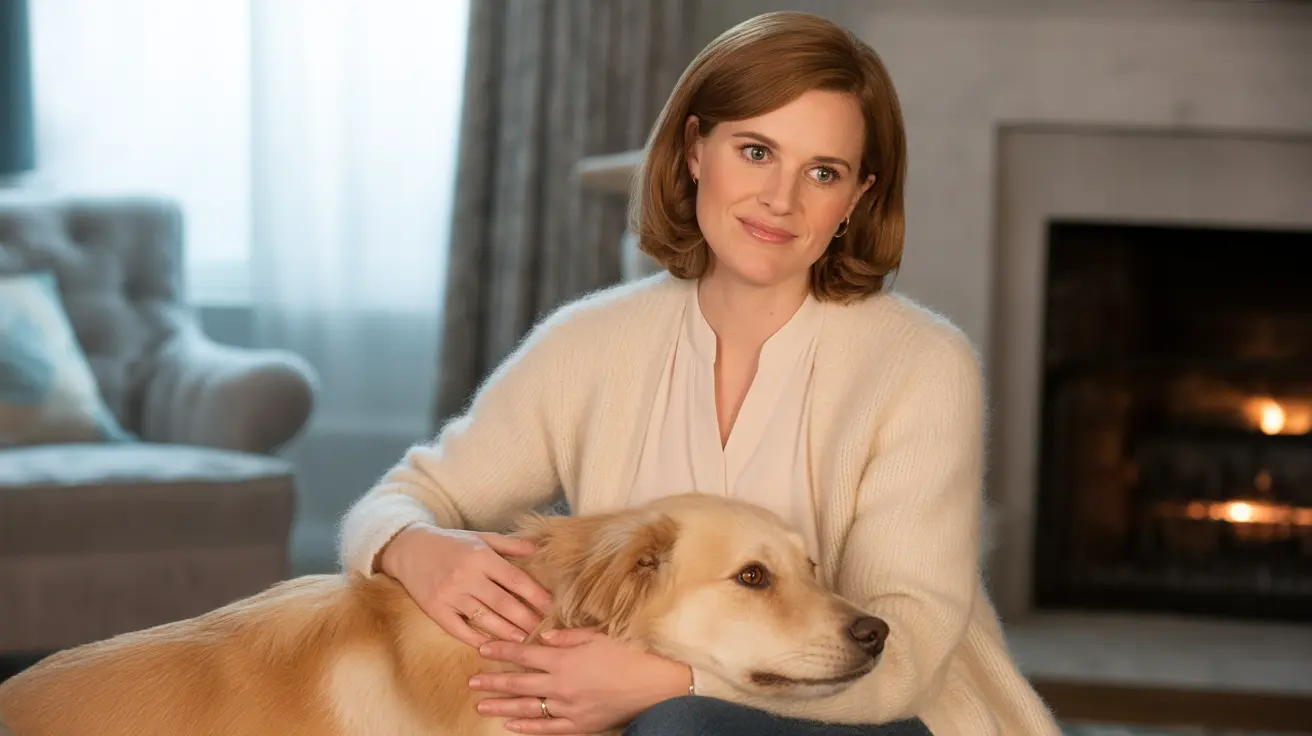How to Choose the Right Crate Size for Your Dog
Picking the perfect crate size is more than just a matter of comfort—it's about ensuring your dog feels safe, secure, and happy in their own den-like space. Dogs naturally seek out cozy spots, so a well-sized crate can make training easier and help prevent unwanted behaviors.
Why Crate Size Matters
If a crate is too small, your dog can become anxious or uncomfortable. Too large, and it might hinder house training since dogs may use one end as a bathroom. The goal is to strike the right balance: enough room for movement but not so much that it loses its den-like feel.
Key Sizing Principles
- The dog must be able to stand up without touching the top of the crate.
- Your dog should easily turn around inside.
- Lying down and stretching out on their side should be comfortable.
- Add 2–4 inches to both your dog's length (nose to base of tail) and height (paw to top of head).
Don't rely solely on weight or breed charts—measurements are more accurate since individual dogs vary.
Measuring Your Dog
- Measure from the tip of the nose to the base of the tail (not including tail length). Add 2–4 inches for crate length.
- Measure from paw to top of head while standing. Add 2–4 inches for crate height.
- If you plan to use bedding or mats, factor in their thickness too.
For breeds with unique proportions (think Dachshunds or Basset Hounds), double-check that width and length will be sufficient for comfort.
Crate Types: A Quick Overview
- Plastic crates: Durable, ventilated, easy to clean—great for travel.
- Metal/wire crates: Sturdy with good airflow; can be made cozier with covers.
- Wooden crates: Stylish and strong but heavy; not ideal for chewers.
- Soft/fabric crates: Lightweight and portable but less durable if chewed or soiled.
Your choice depends on your dog's behavior (chewers need sturdier options) and where you'll use the crate most often.
Sizing Guidelines by Weight & Breed Examples
- 18" x 12" x 14": Up to 6 lbs – toy breeds
- 22" x 14" x 16": Up to 12 lbs – Chihuahua, Yorkie, Maltese
- 24" x 18" x 20": Up to 25 lbs – Shih Tzu, Bichon Frise
- 30" x 20" x 23": Up to 40 lbs – Beagle, Boston Terrier, Corgi
- 36" x 24" x 26": Up to 70 lbs – Bulldog, Bull Terrier
- 42" x 28" x 30": Up to 90 lbs – Labrador Retriever, Boxer
- 48" x 30" x 32": Up to 110 lbs – Bernese Mountain Dog, Rottweiler
If you have a mixed breed or aren't sure about adult size (especially with puppies), consult a professional or estimate conservatively. For puppies expected to grow significantly larger, consider a crate with a removable divider so you can adjust the space as they grow—saving you from buying multiple crates over time.
Bedding & Comfort Tips
A soft mat or bed adds comfort if your dog doesn't chew bedding. Always ensure proper ventilation. For anxious dogs or those who like privacy, drape part of the crate with a towel or blanket—but leave enough open for airflow. Place familiar items inside so your dog feels at home.
Puppies vs. Adults: Special Considerations
- Puppies need less space initially; use dividers in larger crates until they're full-grown.
- Bigger is not always better during house training—a snug fit discourages accidents inside the crate.
- Males are often larger than females within breeds; adjust accordingly if you know your pup's likely adult size.
Troubleshooting Common Issues
- If your dog refuses the crate or seems anxious inside it, double-check sizing—it may be too small or too large.
- A dog that soils one end of the crate may have too much space; try using a divider. l i>If chewing is an issue, avoid soft-sided or wooden crates. l i>If you travel by air frequently with your dog, plastic crates are best due to airline regulations. l i>If you're unsure about fit after measuring and choosing based on charts, ask your vet or breeder for advice specific to your dog's build. l i>Certain breeds (like Corgis) have short legs and may appreciate lower entry points; long-bodied breeds may need extra length. l i>If you're adding thick bedding or pads for comfort, remember this reduces interior height—measure accordingly. l i>If you have multiple dogs sharing one crate (not usually recommended), ensure each has ample room according to these guidelines. l i>The location of the crate matters; place it somewhere safe but not isolated so your dog feels part of family life while resting. l /ul > h3 >< strong >Quick Checklist: Is Your Crate Sized Right?< / strong >< / h3 > ul >< li >Dog stands up fully without head touching ceiling< / li >< li >Dog turns around comfortably< / li >< li >Dog lies down fully stretched< / li >< li >Crate isn't so big that house training fails< / li >< / ul > p >A well-chosen crate supports training success and gives your dog a secure retreat they’ll love returning to every day.< / p >





